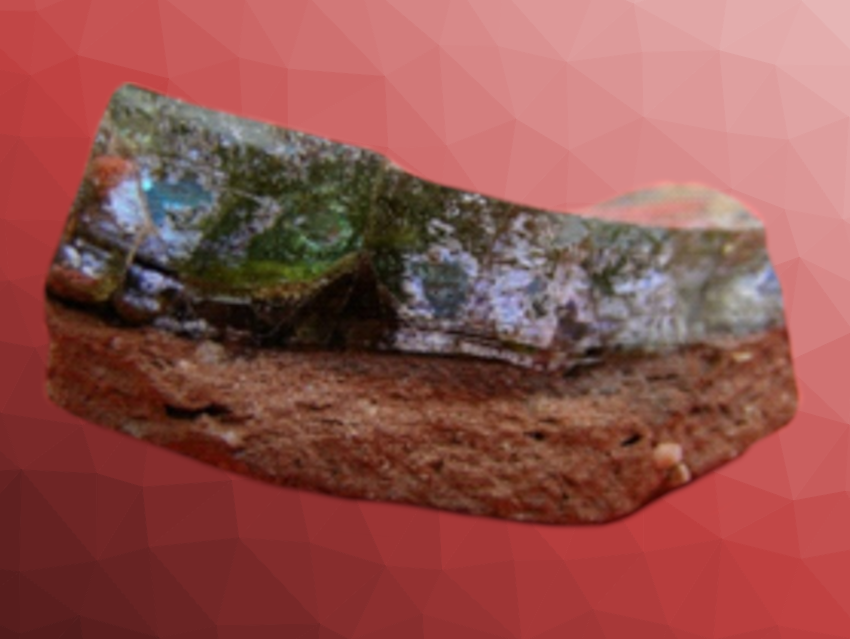Glass production from raw materials in the first millennium CE was limited to a few primary production locations in the Levant and in Egypt. From there, the glass was distributed to secondary workshops throughout the Mediterranean and into central and northern Europe. Secondary glass working, in which raw glass was shaped into finished objects, is largely invisible in the chemical composition, and telling apart the output of different secondary workshops that fabricated vessels from raw glass on this basis is challenging.
Nadine Schibille, University of Orléans, France, and colleagues have investigated glass supply and recycling in early medieval Spain using large-scale trace element profiling via laser ablation inductively coupled plasma mass spectrometry (LA-ICP-MS). The team studied samples from a secondary production site at El Tolmo de Minateda, Spain. Glass-like materials make up a significant part of the archaeological record in this region, where excavations in the last 30 years yielded almost 20,000 fragments of glass.
The researchers found a unique contamination pattern in the glass caused by local glass recycling. Trace element profiles show an accumulation of rare alkali elements in the glass matrix (Li, K, Rb, Cs). These impurities are related to the ceramic of the crucibles used (example pictured) and to the fuel ash and vapor in the furnace. This rare alkali contamination is an effective region-specific marker of recycling and glass working in first millennium Spain.
-
Rare Alkali Elements as Markers of Local Glass Working in Medieval Tolmo de Minateda (Spain),
Nadine Schibille, Victoria Amorós Ruiz, Jorge De Juan Ares, Sonia Gutiérrez Lloret,
ChemPlusChem 2022.
https://doi.org/10.1002/cplu.202200147




